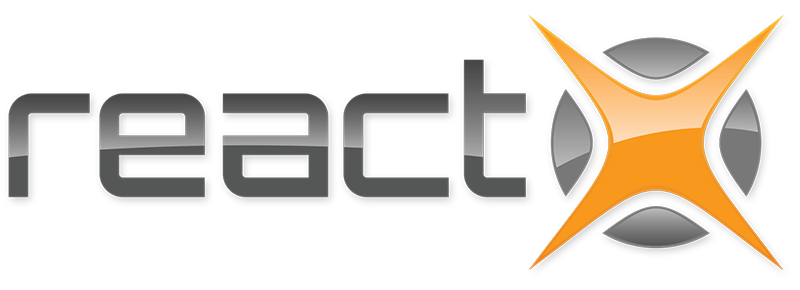Original Article: http://www.mediapost.com by Chip Meyers
You don’t need to consult the leading voices in the digital advertising industry to know that programmatic ad buying has altered the way forward-thinking brands find and engage new audiences at scale. Programmatic has proven to be a tremendous asset for brands to find their target audiences, wherever they happen to be on the web.
But not everyone is talking yet about how programmatic is uniquely positioned to transform the way a campaign can deliver dynamic, engaging brand integrations for very specific luxury audiences. Or how custom ad integrations (e.g., takeovers) and truly high-impact ads that are well suited for luxury marketers, can be scaled for Real-Time Bidding (RTB). The transformation is underway, and it’s changing the way marketers and media buyers have traditionally thought about premium advertising.
To date digital campaigns have been hung up on ad formats: Which formats deliver the best results for which kind of campaign or audience? But the problem is, when we focus so much on standardization in ad formats, and on adhering to the specs of the same old limited formats, we get lost in the weeds and lose the path to effective, format-agnostic brand integration.
Industry leaders including Neal Mohan of Google and Bob Lord of AOL Networks are saying that regardless of format, brands need to get serious about moving up the funnel, and that to do so we need to break out of the banner and address the consumer’s experience in that moment. Nowhere is this more true than in the luxury space. We need to think beyond what media the consumer is engaging with, and imagine what’s happening in the consumer’s life at that point.
Programmatic pulls in the data to provide a clear picture of a luxury brand’s target consumer, at a particular moment wherever they are on the web. In order to engage the audience at a point high enough in the funnel to deliver clear results for a campaign, brands must deliver them the right experience, at the right time. Old methods that rely on direct buys with luxury relevant media outlets — to reach niche affluent audiences — must be put to pasture. Luxury marketers need to target and reach their audiences on media properties that aren’t necessarily thought of being “affluent.”
To reach affluent audiences, brands traditionally would plan media buys with publishers that attract consumers of luxury goods and services. They would put out an RFP for each publisher they wanted to advertise with, and then negotiate the placement of a static ad — the same ad every time the page loaded. That process is neither targeted nor efficient. It involves hours of labor, and in the end, every visitor would see the same ad, whether that visitor is a CEO or a grad student doing research. It’s a process that banks on a guarantee that a certain type of consumer will see the ad — a guarantee that has always been something of a fallacy.
Programmatic, on the other hand, can target affluents by impression with high impact, custom ad integrations that are just as rich and dynamic as luxury goods you’re selling (buy an audience, not a site). And thanks to automation, this means that instead of targeting 10 luxury publishers, you can target the same affluent audience across thousands of publishers.
Where you might have done a direct buy on a site like the Robb Report, maybe breaking news about business or finance is driving the affluents you’re after to news sites — and maybe you could buy an impression for a user whose browsing behavior looks like an affluent on CNN, for a lower bid price than the Robb Report. On a day when there’s a snowstorm in a particular region, you might be able to find frequent fliers on a weather site for a lower price than on a major airline’s site.
Programmatic can provide luxury marketers the type of premium, dynamic ads they covet — at scale and with relevant ad content — in a way that is integrated with the consumer’s interests at that moment, across a wide variety of publishers, without all the haggling time and wasted impression that come with direct buys. The evolution of automation has brought RTB greater scale at a better value for when brands want to engage affluent consumers at just the right moment. It’s changing how we think of “premium,” and of brand integrations aimed at the affluent consumer — for the better.




Leave a Comment